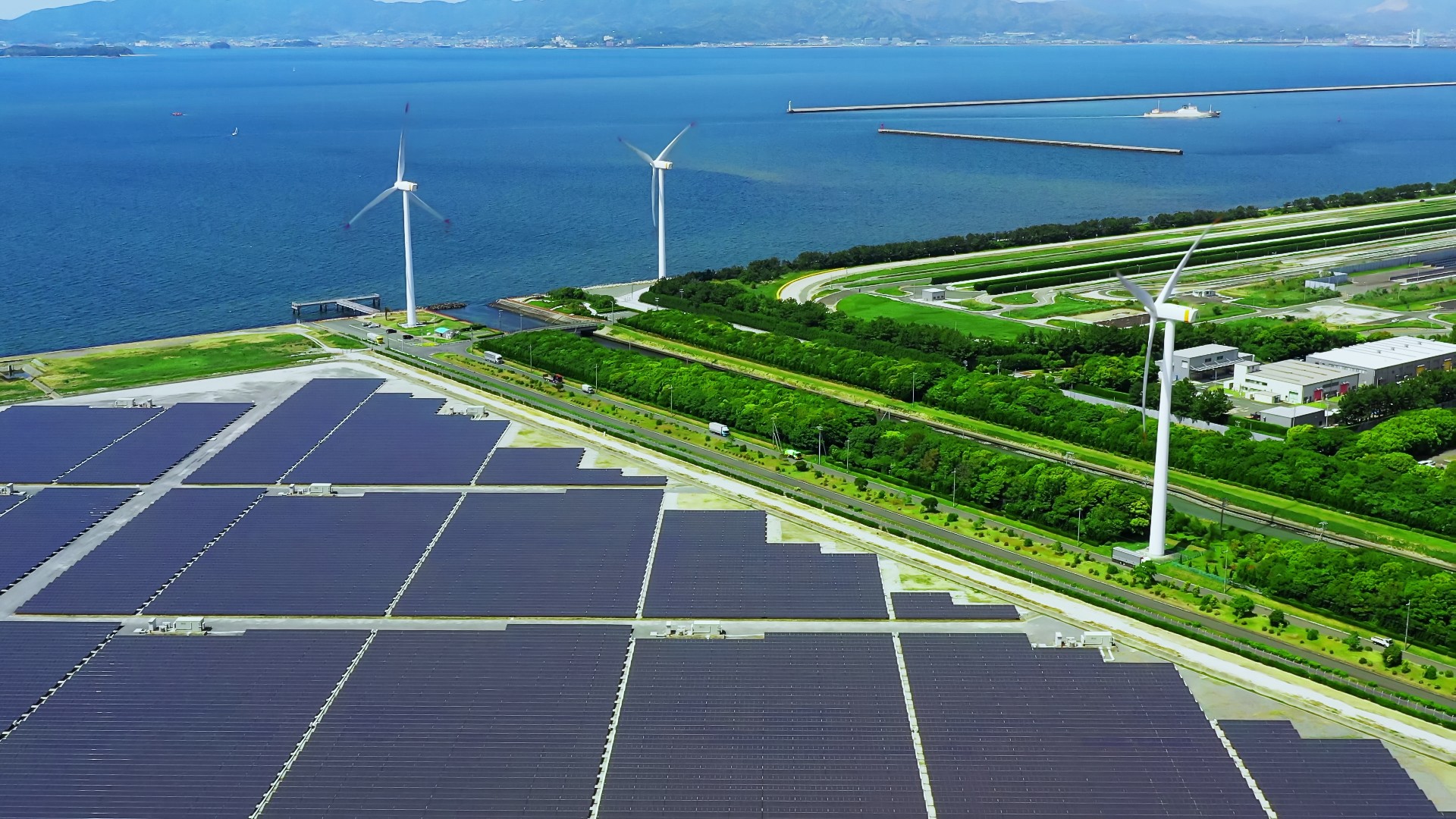-
Platform
-
-
AI digital production collaborative MESAI digital production collaborative MES breaks the data silos inside and outside the manufacturing industry, achieves real-time aggregation, collaboration, analysis, and decision-making of production site information, enables manufacturing to be online in the cloud, connects upstream and downstream of the industrial chain, and collaborates efficiently, helping the manufacturing industry improve operational efficiency, quality, and flexible manufacturing capabilities;
-
AI Intelligent Supply Chain Planning and APSAI intelligent supply chain planning and APS help enterprises reduce costs and increase efficiency. Advanced scheduling, order coordination planning, and master planning achieve production scheduling automation, production control informatization, and lean production planning, improving the efficiency and effectiveness of enterprise production decision-making
-
JarviX Augmented Decision PlatformThe world's first conversational AI decision platform, an end-to-end data analysis platform, aims to reshape the management mode of industrial manufacturing enterprises.
-
ODIN 5G GatewayODIN can quickly access to JarviX, enabling one-stop data collection, transmission, and analysis, supporting predictive maintenance of equipment, and efficiently optimizing production resource allocation.
-
-
-
Data FactoryProvide data cleaning and table linking functions, flexible integration of file formats, as well as direct import mode for connecting to SQL databases.
-
Root cause analysisBy simply chatting with JarviX, deep data mining can be performed from multiple perspectives, including root cause analysis, correlation analysis, and variance analysis, to quickly identify the key factors of the problem.
-
AutoML platformJarviX's AutoML module uses Grid Search method and cross-validation of multiple models to verify the effectiveness of optimization for the current problem, thereby enhancing the value of data mining.
-
Simulation and digital twinWith an intuitive interface that only requires dragging and clicking, you can directly create interactive dashboards, war rooms, alerts, and more, driving and improving operational KPIs to optimize algorithms and truly achieve the last mile of end-to-end manufacturing scenarios from data to intelligent decision-making.
-
Products-
AI digital production collaborative MESAI digital production collaborative MES breaks the data silos inside and outside the manufacturing industry, achieves real-time aggregation, collaboration, analysis, and decision-making of production site information, enables manufacturing to be online in the cloud, connects upstream and downstream of the industrial chain, and collaborates efficiently, helping the manufacturing industry improve operational efficiency, quality, and flexible manufacturing capabilities;
-
AI Intelligent Supply Chain Planning and APSAI intelligent supply chain planning and APS help enterprises reduce costs and increase efficiency. Advanced scheduling, order coordination planning, and master planning achieve production scheduling automation, production control informatization, and lean production planning, improving the efficiency and effectiveness of enterprise production decision-making
-
JarviX Augmented Decision PlatformThe world's first conversational AI decision platform, an end-to-end data analysis platform, aims to reshape the management mode of industrial manufacturing enterprises.
-
ODIN 5G GatewayODIN can quickly access to JarviX, enabling one-stop data collection, transmission, and analysis, supporting predictive maintenance of equipment, and efficiently optimizing production resource allocation.
-
Data FactoryProvide data cleaning and table linking functions, flexible integration of file formats, as well as direct import mode for connecting to SQL databases.
-
Root cause analysisBy simply chatting with JarviX, deep data mining can be performed from multiple perspectives, including root cause analysis, correlation analysis, and variance analysis, to quickly identify the key factors of the problem.
-
AutoML platformJarviX's AutoML module uses Grid Search method and cross-validation of multiple models to verify the effectiveness of optimization for the current problem, thereby enhancing the value of data mining.
-
Simulation and digital twinWith an intuitive interface that only requires dragging and clicking, you can directly create interactive dashboards, war rooms, alerts, and more, driving and improving operational KPIs to optimize algorithms and truly achieve the last mile of end-to-end manufacturing scenarios from data to intelligent decision-making.
-
- Solutions
- Industry
- Resources
- About Us










